Explore the Best of Early SF With Science Fiction From the Great Years
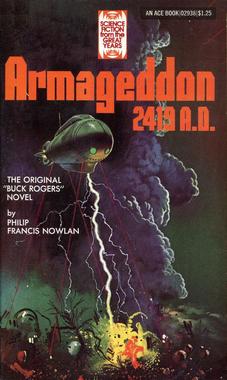 |
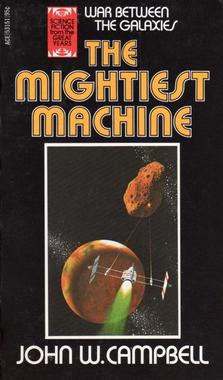 |
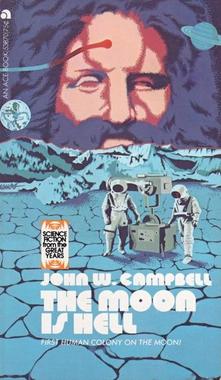 |
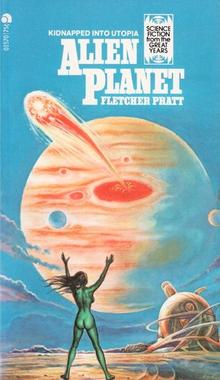 |
In the early 1950s, after the end of World War II and the beginning of the Space Race, science fiction experienced an almost unprecedented boom. Some 31 new SF magazines began publishing in that decade alone. Hungry to meet the demands of a new audience, publishers mined the pulps of the 1930s and 1940s for titles they could inexpensively reprint in paperback. Countless SF and fantasy writers enjoyed their very first mass market editions as a result — including Isaac Asimov, Robert A. Heinlein, John W. Campbell, Lester del Rey, Jack Vance, Theodore Sturgeon, A.E. van Vogt, and many others. Avon, Ace, Berkely and others built their fledgling enterprises into mighty publishing houses repackaging classic SF and fantasy for a new generation.
By the early 1960s, the boom in SF was essentially over. Nearly 80% of the magazines on the market folded. Publishers drastically cut back on SF titles, and the entire industry re-trenched. By the early 1970s, a new generation of young SF readers was starting to show up in bookstores, clutching their dollar bills and looking for great adventure tales, and Frederick Pohl convinced his publishers at Ace that the time was ripe to repackage the great SF of the early 20th Century one more time.
[Click on any of the images for bigger versions.]
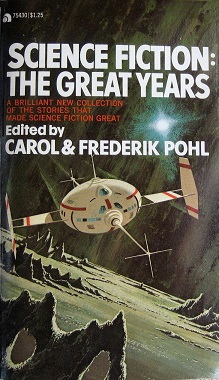 |
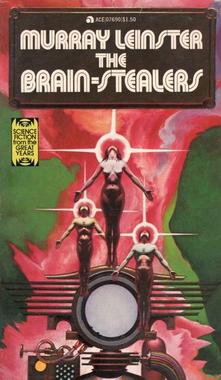 |
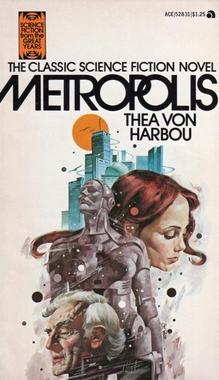 |
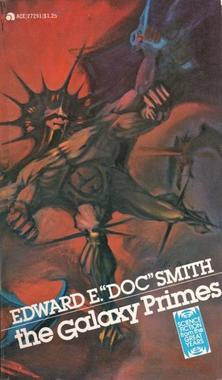 |
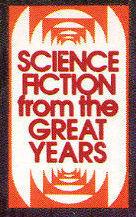 Pohl’s innovation this time was to give his series a name — Science Fiction From the Great Years — and an easily identifiable colophon that readers could spot in an instant. He also decided to support the line with a series of anthologies, Science Fiction: The Great Years, to give it an editorial identity, and also to introduce his new readers to some of the authors he hoped to showcase.
Pohl’s innovation this time was to give his series a name — Science Fiction From the Great Years — and an easily identifiable colophon that readers could spot in an instant. He also decided to support the line with a series of anthologies, Science Fiction: The Great Years, to give it an editorial identity, and also to introduce his new readers to some of the authors he hoped to showcase.
The first volume in the series, Philip Francis Nowlan’s Armageddon 2419 A.D. — the original Buck Rogers novel — appeared in 1972. It collected “Armageddon 2419 A.D,” a novella that originally appeared in the August 1928 issue of Amazing Stories, and its sequel, “The Airlords of Han,” from March 1929.
The book was successful enough for Ace to green light more in the series, and Pohl followed with two novels from John W. Campbell: The Mightiest Machine (1972, originally published in five installments in Astounding Stories in 1934-35), and The Moon is Hell (1973, originally published by Fantasy Press in 1951).
The series began to accelerate. Two books in 1972, and three in 1973, including Alien Planet by Fletcher Pratt (originally published in 1962), and the first anthology, Science Fiction: The Great Years, Volume I, edited by Frederik Pohl & Carol Pohl (which we covered here.)
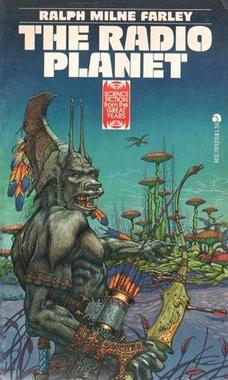 |
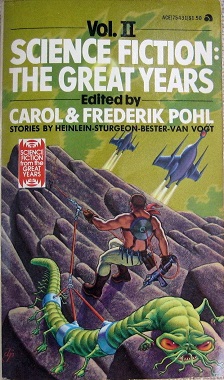 |
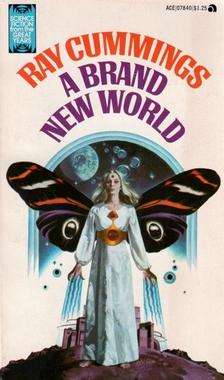 |
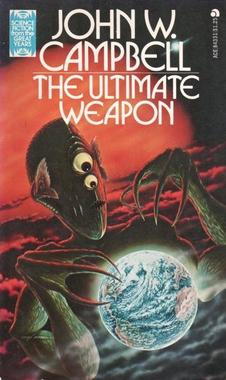 |
All told, there were fifteen books in the series, thirteen novels and two anthologies, half of which were published in a single year, 1976.
Armageddon 2419 A.D., Philip Francis Nowlan (1972, 192 pages, $0.75)
The Mightiest Machine, John W. Campbell (1972, 217 pages, $0.95)
The Moon Is Hell, John W. Campbell (1973, 255 pages, $0.75)
Alien Planet, Fletcher Pratt (1973, 189 pages, $0.75)
Science Fiction: The Great Years, Volume I, edited by Frederik Pohl & Carol Pohl (1973, 349 pages, $1.25)
The Brain-Stealers, Murray Leinster (1974, 177 pages, $1.50)
Metropolis, Thea von Harbou (1975, 222 pages, $1.25)
The Galaxy Primes, Edward E. ‘Doc’ Smith (1976, 238 pages, $1.25)
The Radio Planet, Ralph Milne Farley (1976, 297 pages, $1.50)
Science Fiction: The Great Years, Volume II, edited by Frederik Pohl & Carol Pohl (1976, 276 pages, $1.50)
A Brand New World, Ray Cummings (1976, 205 pages, $1.25)
The Ultimate Weapon, John W. Campbell (1976, 123 pages, $1.25)
The Radio Beasts, Ralph Milne Farley (1976, 231 pages, $1.50)
Sentinels from Space, Eric Frank Russell (1976, 244 pages, $1.50)
The Blind Spot, Austin Hall Homer Eon Flint (1976, 346 pages, $1.75)
There are many reasons why the series may have come to an end. Possibly Fred Pohl became more caught up in his own writing (Gateway, the most popular and successful novel of his long career, was first published in Galaxy in 1976), or the series may simply have run its course. Still, I can’t help thinking that the The Great Years sputtered to an end in 1976, the year before Star Wars was released, ushering in one of the biggest booms in science fiction history. What might have happened if the series had lasted one more year?
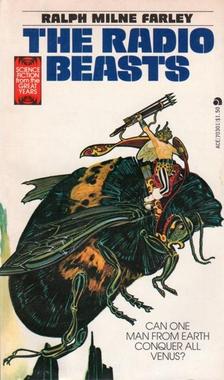 |
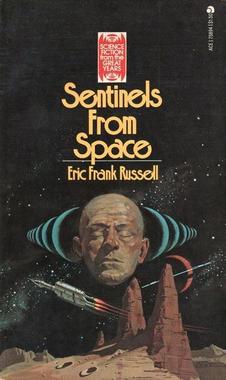 |
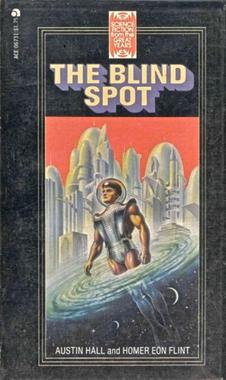 |
Over five years, Science Fiction From the Great Years published some terrific SF and fantasy, re-introducing thousands of readers to John W. Campbell, Eric Frank Russell, E.E. “Doc” Smith, Ray Cummings, Fletcher Pratt, Murray Leinster, and many others. It’s a fun and very rewarding — and inexpensive — series to collect, and well worth your time.
We’ve previously covered several titles in this series in Vintage Treasures posts over the years:
The Radio Planet by Ralph Milne Farley
The Radio Beasts by Ralph Milne Farley
Science Fiction: The Great Years edited by Carol & Frederik Pohl
Science Fiction: The Great Years, Volume II edited by Carol and Frederik Pohl
The Brain-Stealers by Murray Leinster
Sentinels of Space by Eric Frank Russell
See all our recent Pulp coverage here.
A worthwhile series … but … I read Fletcher Pratt’s ALIEN PLANET in that edition and by gosh it was DIRE!
I can say the same thing about Campbell’s Ultimate Weapon, Rich. I read it last year and…Oh. My. God.
I’ve learned there’s sometimes a good reason when a book has been out of print for more than four decades. 🙂
For my money, I tend to have better luck with the anthologies. The two in this series weren’t too bad.
The thing is, The Ultimate Weapon was awful, but I read the whole darn thing. I even sort of…liked it. Weird, huh?
Pretty weird, yeah. Are you normally a fan of John W. Campbell?
I can’t say that I am. I haven’t read all that much of him – a short story or two, Who Goes There, and then The Ultimate Weapon. The thing is, if you’re going to read much of this early SF, you have to be able to find the very clunkiness of it appealing…and I suppose I do. I guess it’s why I’m able to enjoy Neil R. Jones and absolutely love Doc Smith, for instance, all the while understanding how most folks couldn’t get through three pages of such prehistoric stuff.